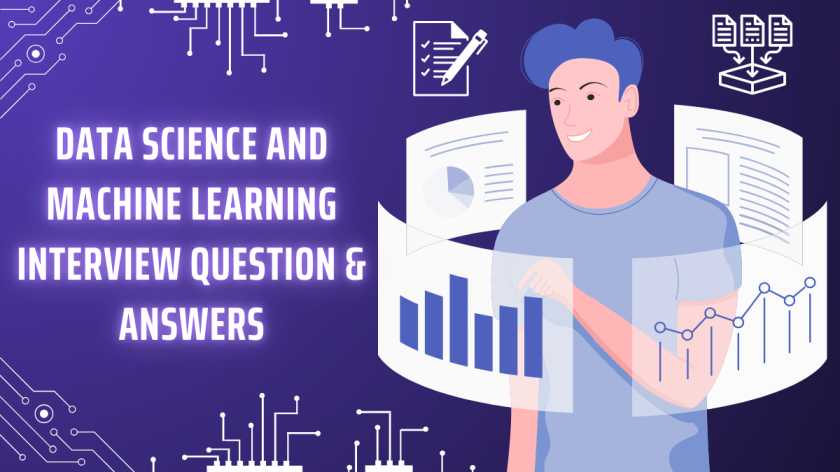To begin with, let us start with AI and its potential. What exactly is AI?
Over the last two decades, we have built huge data resources, analyzed them, developed ML both unsupervised and supervised, used SQL and Hadoop with unstructured sets of data, and finally with neural and deep learning techniques built near-human AI robots, chatbots and other modern wonders with visualized data.
We have found, optimized pattern-based techniques, exploited tools of ML, deep-learning, etc to create speech, text, image applications used pervasively today in games, self-driven cars, answering machines, MRI image processing and diagnosis of cancer, creating of facial IDs, speech cloning, facial recognition tools, and learning-assimilation products like Siri, Google Assistant, Alexa and more.
AI potential in healthcare:
The AI potential to use intelligent-data both structured and unstructured makes it a very effective diagnostic tool. Their processing speeds, ability to find anomalies and volumes of data AI can handle makes it irreplaceable, un-replicable, and the most effective tool in the healthcare sector’s diagnosis and cost-effective treatment sectors for masses.
EyePACS aided-ably by technology has been used to integrate symptoms, diagnosis, and lines of treatment in diabetic types of retinopathy. Beyond diagnosis AI in the UK helps diagnose heart diseases, cardiovascular blockages, valve defects etc. using e HeartFlow Analysis and CT scans thereby avoiding expensive angiograms.
Cancer detection at the very cellular stages is a reality with InnerEye from Microsoft which uses the patient scans to detect tumors, treating cancer of the prostate, and even find those areas predisposed to cancers. Babylon health and DeepMind are other query-answering apps that have saved multiple doctor-visits by answering queries based on patient-records, symptoms, and other data.
All that AI needs to retransform healthcare services is the appropriate and viable infrastructure that is so vital but expensive today, keeping it out of reach of the masses at large.
Cautions with use of AI:
The first issue with AI is that its ability and potential is often misused. Some doctors fear AI may one day take over their roles. The use of laser-knives, surgical implements, tasers for immobilization, and deep-neural stimulation of the brain to prevent seizures are being used to take healthcare to the underprivileged masses. Harnessing the potential of AI is an issue of ethics, the patient’s privacy, and lives. Doctors need to use these tools to aid and not replace human-intervention in healthcare.
The issue of data transfers, privacy issues, legal responsibilities, misuse, and selling of data is of high importance. Another issue that looms large is the inertia to change and sufficient testing before large-scale adoption in healthcare for the masses. An approach that is amply cautious is always the best when millions are being spent on healthcare, and the lives of masses are at stake.
The right way to implement AI into the healthcare system would then hinge on education and training, sufficient testing and trial-runs before implementation, assuring and involving all stakeholders, and rediscovering ways and means of optimizing human-intervention in diagnosis, treatment, and care of patients.
The industrial sector will see thousands of opportunities thrown up which in turn when exploited create growth and employment opportunities galore. AI in healthcare is truly a panacea-producing tool. Perhaps in the near future immortality-quest will also take its place in the fields being explored. For now, the Government, doctors, researchers, industries, and patients are all set to accept the positive impact of AI on the healthcare sector readily.


